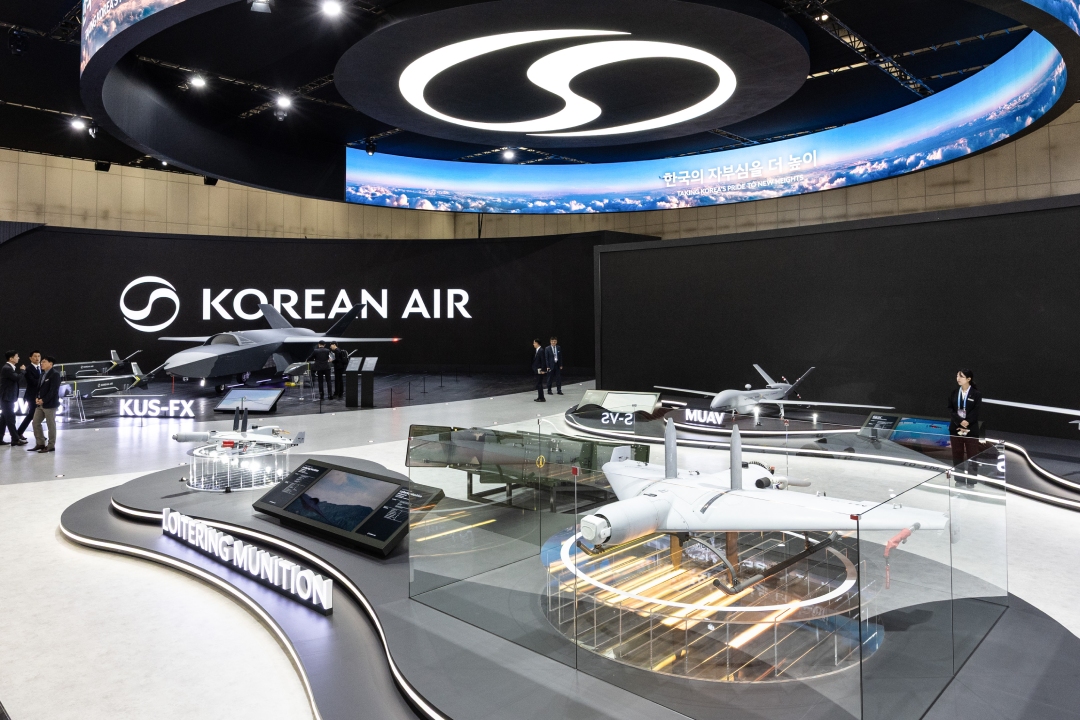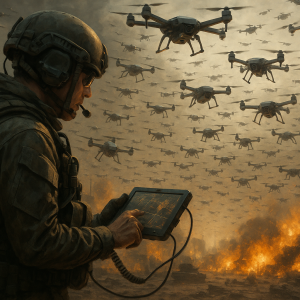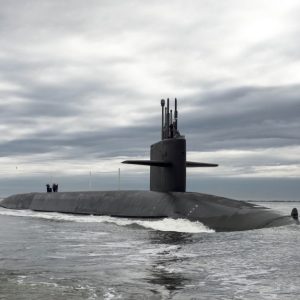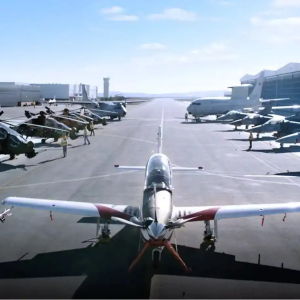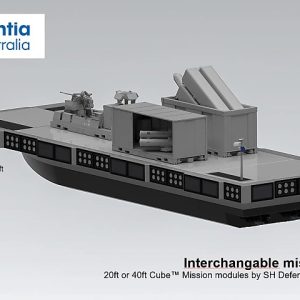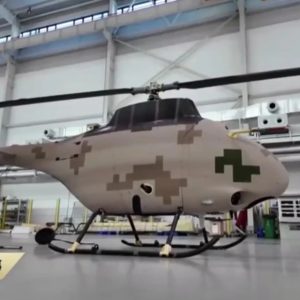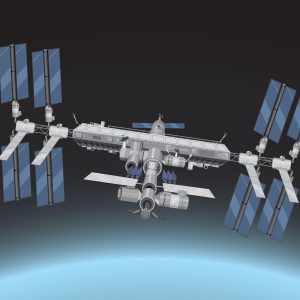Korean Air revealed three new unmanned aerial vehicles (UAVs) at the Seoul International Aerospace & Defense Exhibition (ADEX) 2025, held from 17–24 October at Seoul Airport in Seongnam and KINTEX in Goyang, Gyeonggi Province. The debut highlights Korea’s growing leadership in unmanned combat technologies and manned-unmanned teaming (MUM-T) operations.
Key Facts
- Event: Seoul ADEX 2025, 17–24 October, Seongnam & Goyang, Korea
- Participants: 600+ companies from 35 countries
- New UAVs: LOWUS prototype, Medium Strike UAV, KUS-FX mock-up
- Key Technologies: MUM-T, AI-based autonomy, low observability
- Target Completion: Medium Strike UAV development by 2026
Expanding Korea’s UAV Ecosystem
Korean Air’s new aircraft lineup features the Low Observable Wingman UAV System (LOWUS) prototype, a medium strike UAV (Loitering Munition), and a full-scale mock-up of the KUS-FX small collaborative UAV. Together, these platforms form part of Korea’s plan to create a full range of unmanned combat and reconnaissance systems.
The LOWUS prototype, developed with the Agency for Defense Development (ADD), is Korea’s first large jet-powered UAV with stealth features. It serves as the core of the country’s MUM-T strategy, allowing manned fighters and unmanned systems to work together as one team. This achievement positions Korean Air among a select group of global aerospace manufacturers developing such cooperative combat technologies.
Advancing Autonomy and AI Integration
Korean Air is also building a medium-class strike UAV, following its earlier success with smaller strike drones. Scheduled for completion in 2026, the new platform will perform deep-strike and loitering missions. The KUS-FX, on the other hand, is designed for reconnaissance and target detection in high-risk environments.
The company is pushing toward AI-powered autonomy, enabling UAVs to assess surroundings and carry out missions independently. This marks a shift from traditional remote piloting to fully autonomous flight. Korean Air is collaborating with Anduril Industries and other global AI leaders to integrate advanced mission-control algorithms.
MRO and Regional Sustainment Strength
Beyond its UAV development, Korean Air underlined more than 50 years of experience in Maintenance, Repair, Overhaul, and Upgrade (MROU) for military aircraft. The company’s portfolio covers electronic warfare aircraft, airborne command and control systems, and UH-60 helicopters. This expertise supports its goal of becoming a regional hub for the U.S. Department of Defense’s Regional Sustainment Framework (RSF), boosting logistics capacity across the Asia-Pacific.
The company also aims to expand into Middle Eastern and Southeast Asian defence markets, combining its innovation in unmanned systems with its proven sustainment track record.
Advanced Air Mobility and AI-Enhanced MRO
At its joint booth with the Ministry of Land, Infrastructure and Transport, Korean Air displayed its work in Advanced Air Mobility (AAM) and digital aviation. The ACROSS (Air Control & Routing Orchestrated Skyway System) demonstrated AI-enabled air traffic management and predictive maintenance solutions. These innovations highlight the company’s digital transformation efforts within the aerospace sector.
Strategic Outlook
A Korean Air spokesperson stated, “Korean Air is establishing itself as a global leader in unmanned aviation through a strong and diverse UAV portfolio. We are proud to present advanced Korean technologies to the world.”
As Korea’s defence and aerospace industries accelerate towards autonomy and AI integration, systems like LOWUS and KUS-FX are set to redefine regional airpower—bridging human pilots with intelligent machines.

